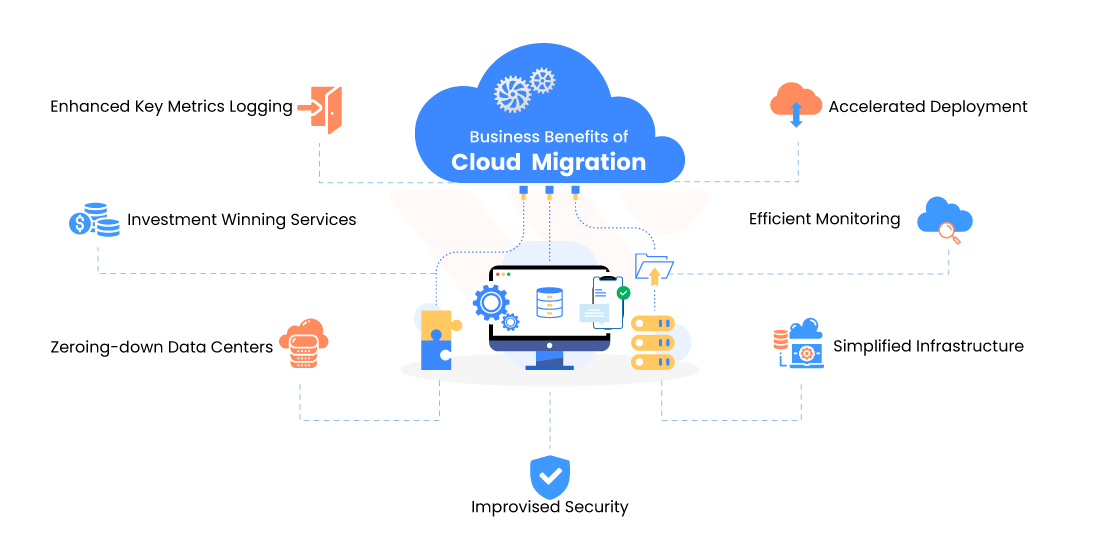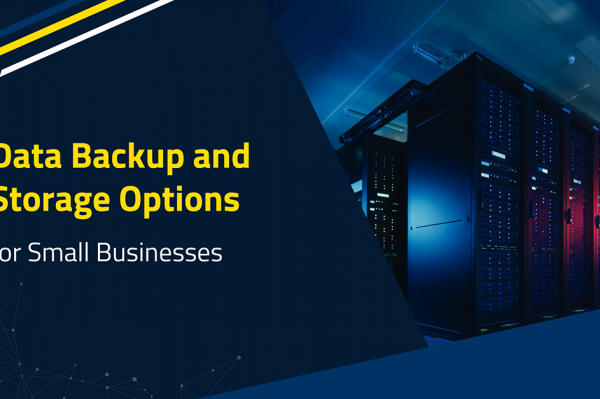- by Emma
- 0 Comments
- Cloud
Cloud Migration
The information technology landscape is in a constant state of change and it has changed drastically over the last few decades. Few years ago the term Cloud was an emerging buzzword. However today it’s an essential part of how organization runs their businesses, store their data and server their end users. The Cloud today is used for a number of industries and in almost any application.
What does Cloud migration mean?
Cloud migration is the process of moving digital assets like data, workload, IT resources, applications to the Cloud Infrastructure. Organization may choose to relocate all of its computing assets to a cloud; however, in most cases, some applications and services still remain on-premise. Though “cloud migration” typically refers to moving things from on-premises to the cloud, it can also refer to moving from one cloud to another cloud.
Benefits of Cloud Migration
There are many reasons businesses are migrating to the Cloud these days. But the most important reason is that working in the cloud gives you access to virtually limitless computer resources. Below are some of the big benefits of migrating to the cloud.
1. Scalability
Cloud provides improved scalability giving businesses the ability to instantaneously add or take away resources on an as-needed basis.
2. Cost Efficient
Cloud gives you the ability to only pay for the resources you use. A traditional IT approach to scaling up is costly and time consuming as it requires lot of planning, requires hardware, electricity to keep it all operating and for cooling and skilled labor capable of keeping it all up and running. With Cloud this all is done instantly by your cloud provider.
3. Agility
Cloud provide you with the ability to quickly develop, test and launch business applications.
4. Security
Cloud typically are secure environments. Cloud providers offers built-in features including security analytics, periodic updates.
5. Productivity
Cloud providers usually manage the complexities of your infrastructure so that you can be focused on productivity.
6. Performance
Another major benefit of moving to the cloud is enhanced performance. Most of the leading cloud providers have data centers around the world, so customers can access data with minimal latency.
7. Digital Experience
Users can access cloud services and data anytime and from anywhere. This provides employees with modern, flexible tools contributing to digital transformation with improved experience.
8. Decreased Footprint
Since you will be running most of your applications on a cloud, you could potentially reduce your pool of data centers to one or even zero for reduced environmental impact. With this you no longer have to worry about running the physical servers in a data centers and the costs associated with it, e.g. cooling, maintenance, etc.
Challenges in Cloud Migration
While Cloud migration brings lot of advantages they also introduce new challenges which can make cloud migration complex. Here are some of the major challenges many organizations are facing as they migrate their resources to the cloud.
1. Lack of Strategy
Successful cloud adoption and implementation requires rigorous end-to-end cloud migration planning. A well laid plan will help you manage the scope of the project as well as the level of disruption to the business resulting in zero/minimum downtime.
2. Vendor Lock-In
Vendor lock-in is a common problem for adopters of cloud technology. When organizations choose a cloud vendor, they analyze their existing requirements. As they scale, higher interoperability is needed, which is not always feasible with every cloud-based service, affecting your operations. This may result in getting stuck to an inefficient cloud service that does not deliver as per your requirement.
3. Security and Compliance
Cloud providers use a shared responsibility model, where they are responsible for securing the infrastructure, and the organization is responsible for securing data and workloads. So while the cloud provider may provide robust security measures, it is organization’s responsibility to configure them correctly and ensure that all services and applications have the appropriate security controls.
4. Lack of Skills
Another challenge in Cloud Migration is finding people who have the skills to manage an effective migration and organizations spend enormous money to train their employees.
5. Cloud Migration Costs
Cloud migration costs are among the biggest challenges that organization faces due to lack of skills, cost of migration, inefficient migration strategy, Cloud compatibility issues, etc. Significant amount of time spend on pre-migration planning and proper migration strategy can save lot of money.
Organizations also face challenges like prioritization problems, adaption resistance and cost management due to lack of pre-migration planning. These challenges are different for every organization and there is no single solution that will work for everyone.
Cloud migration is a complex task for an organization. The key to successful cloud adopter is to recognize the challenges in the beginning and create a proper migration strategy. With careful planning and evaluation you can take an advantage of cloud based IT operations.




